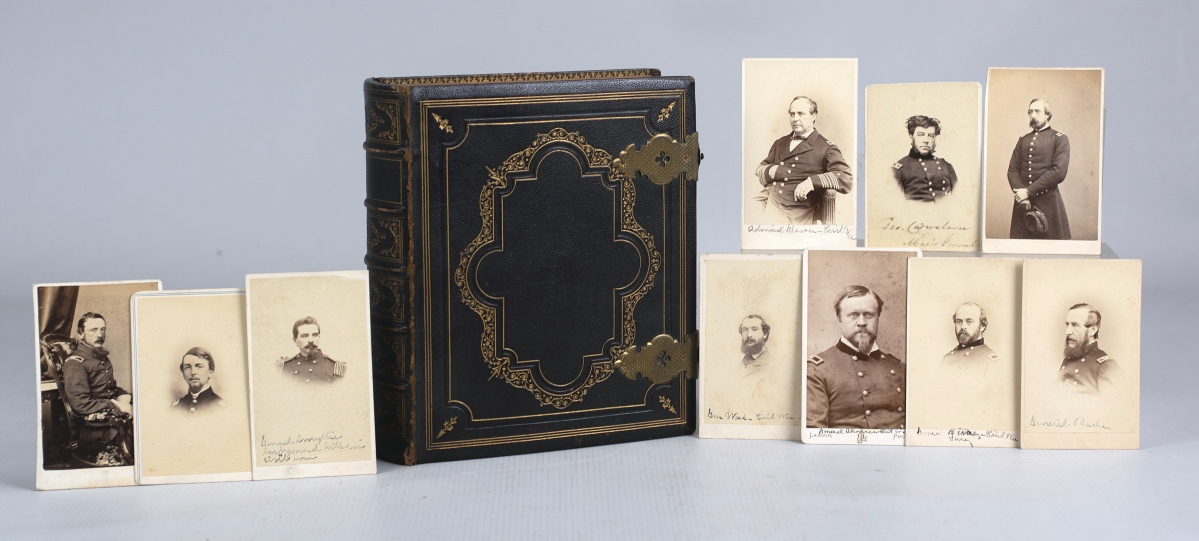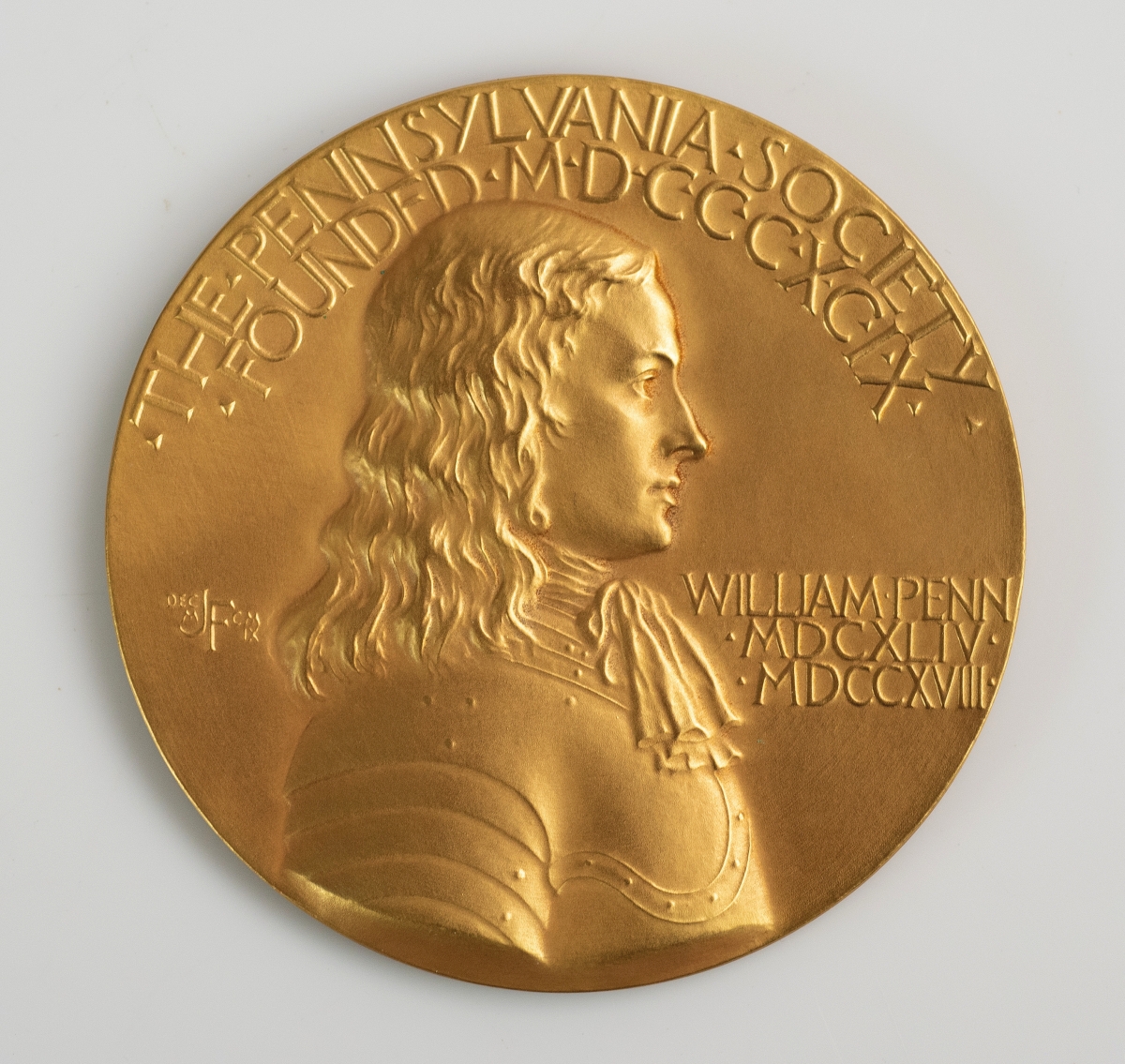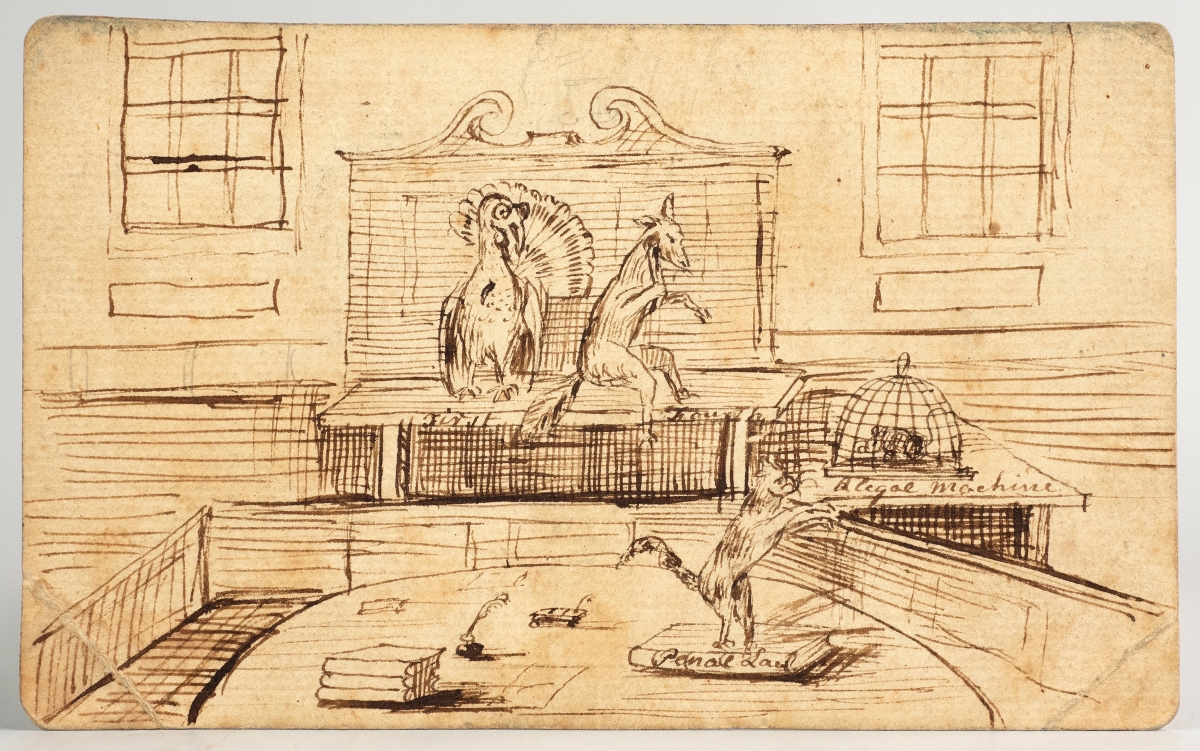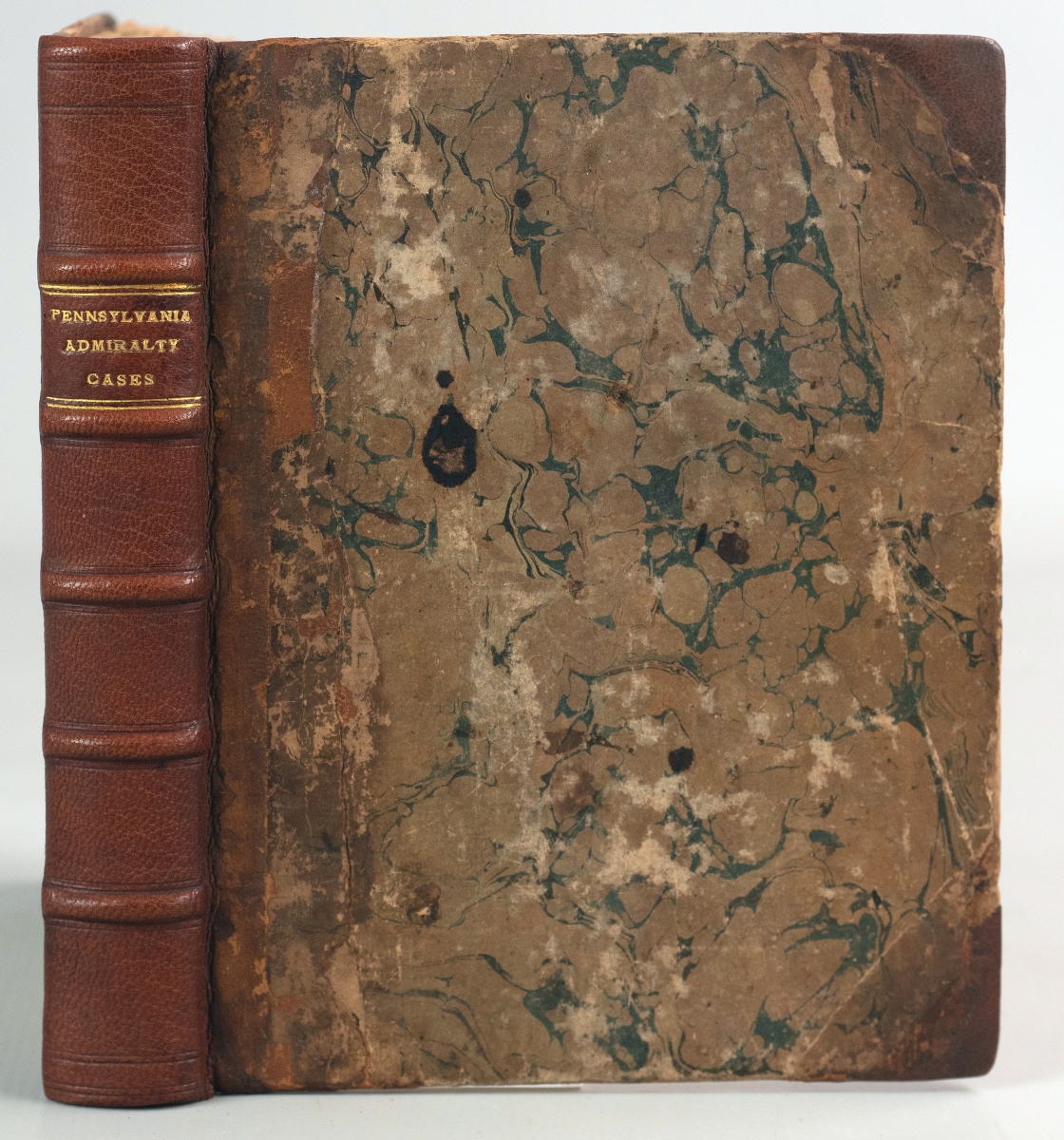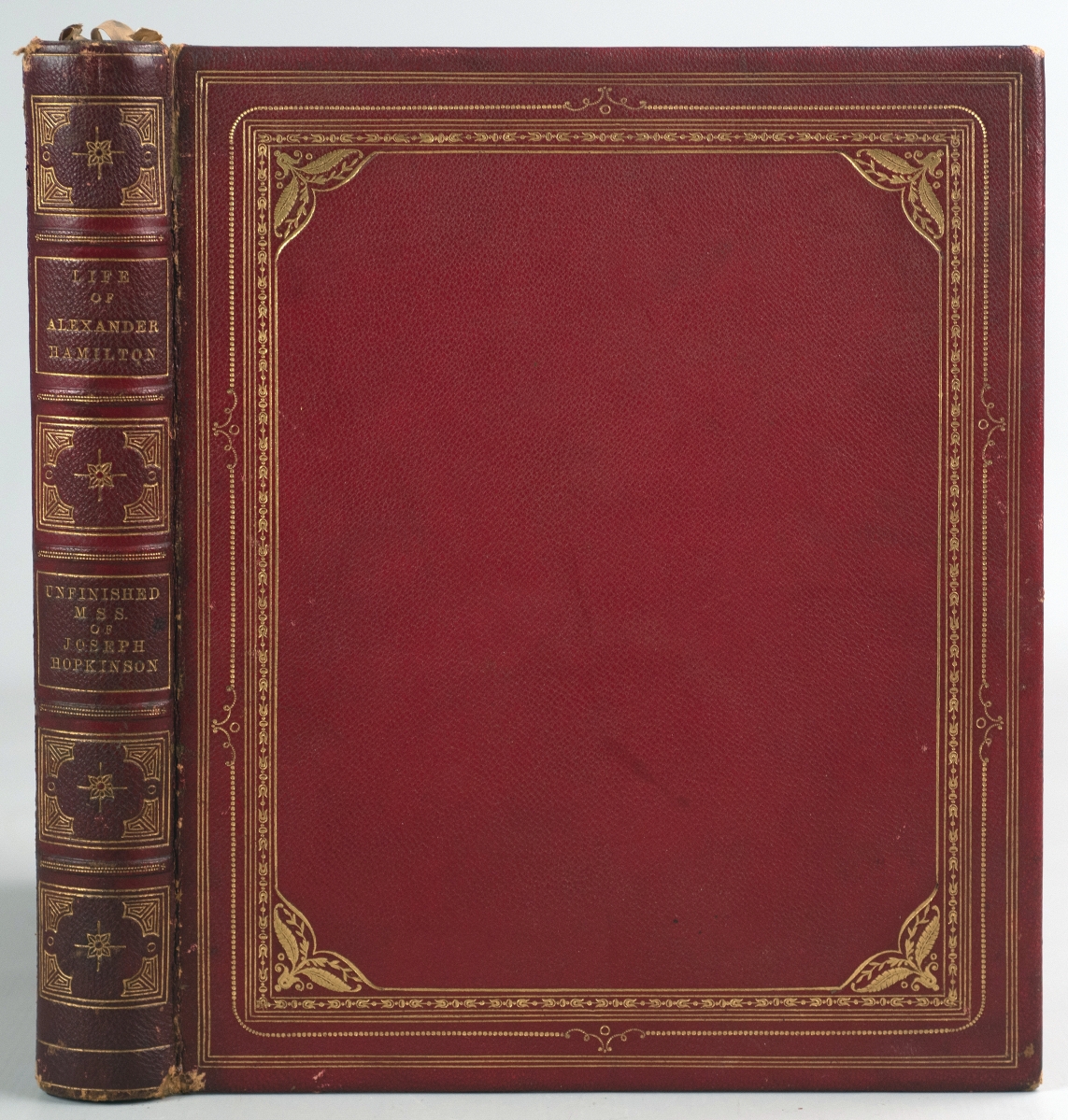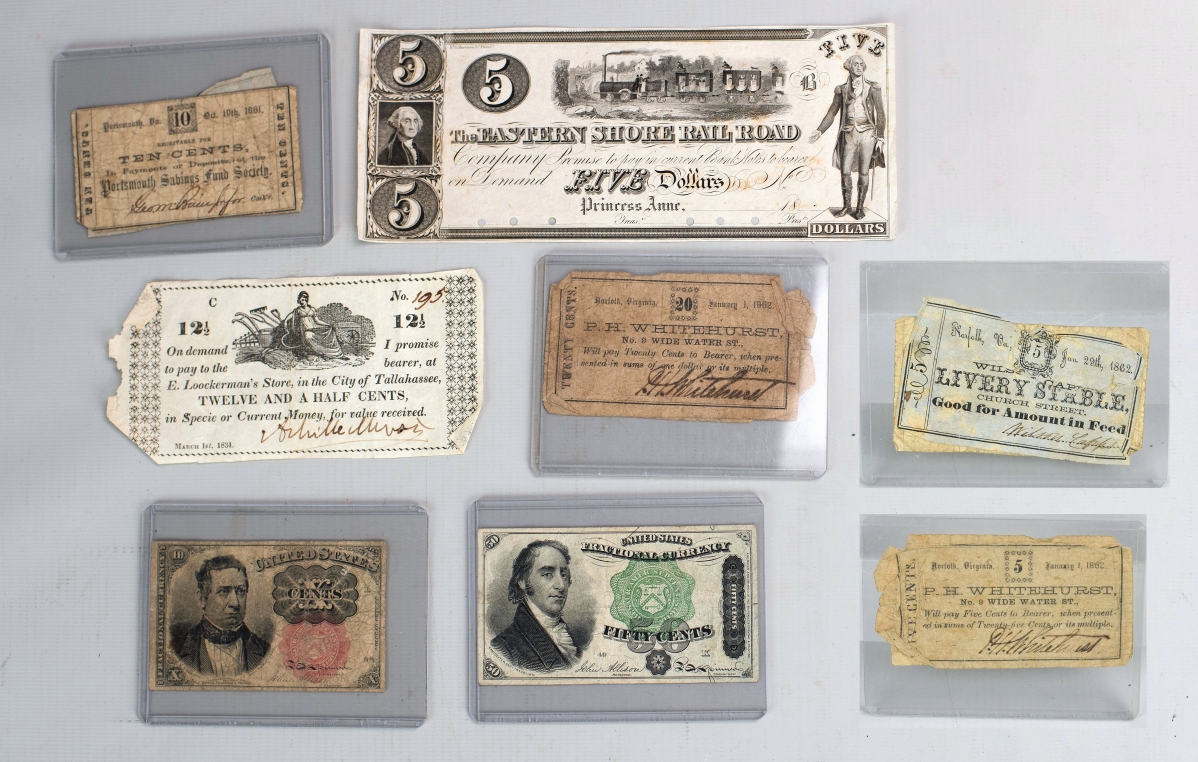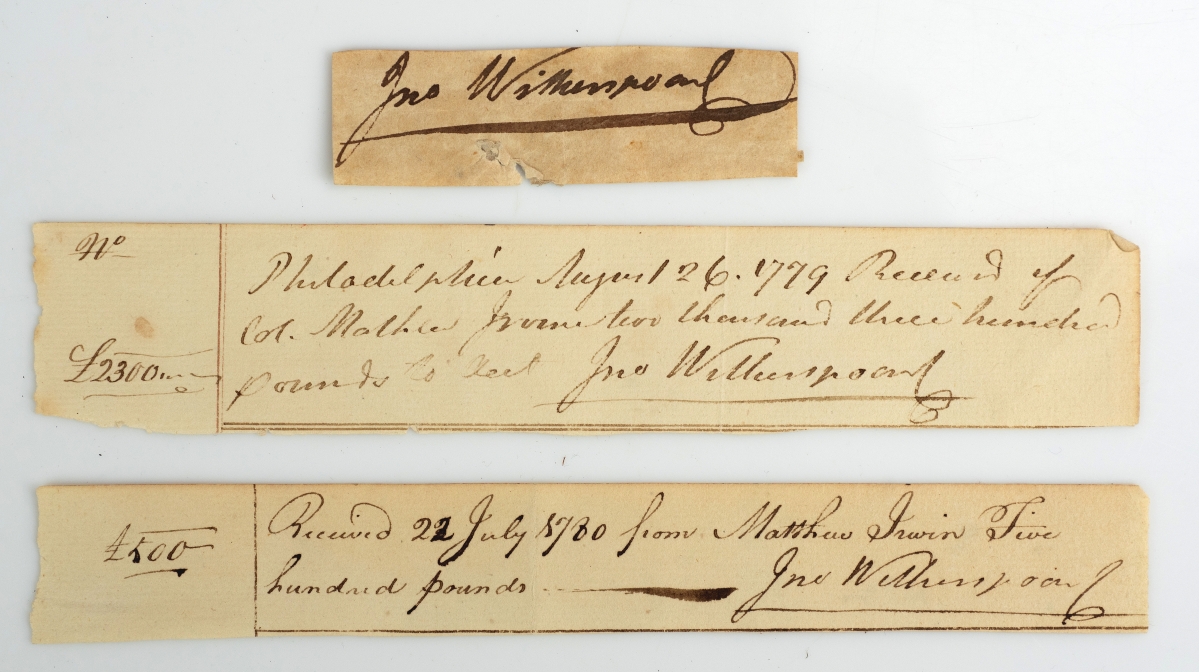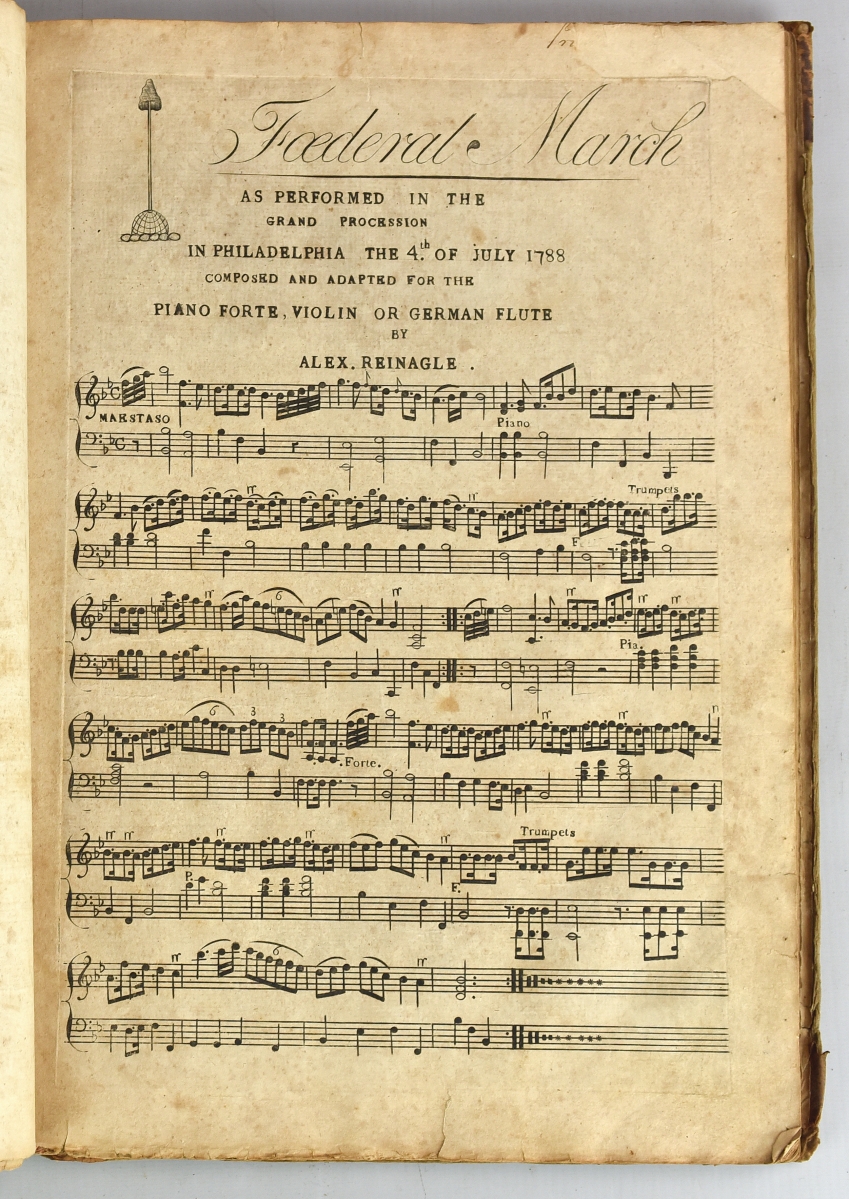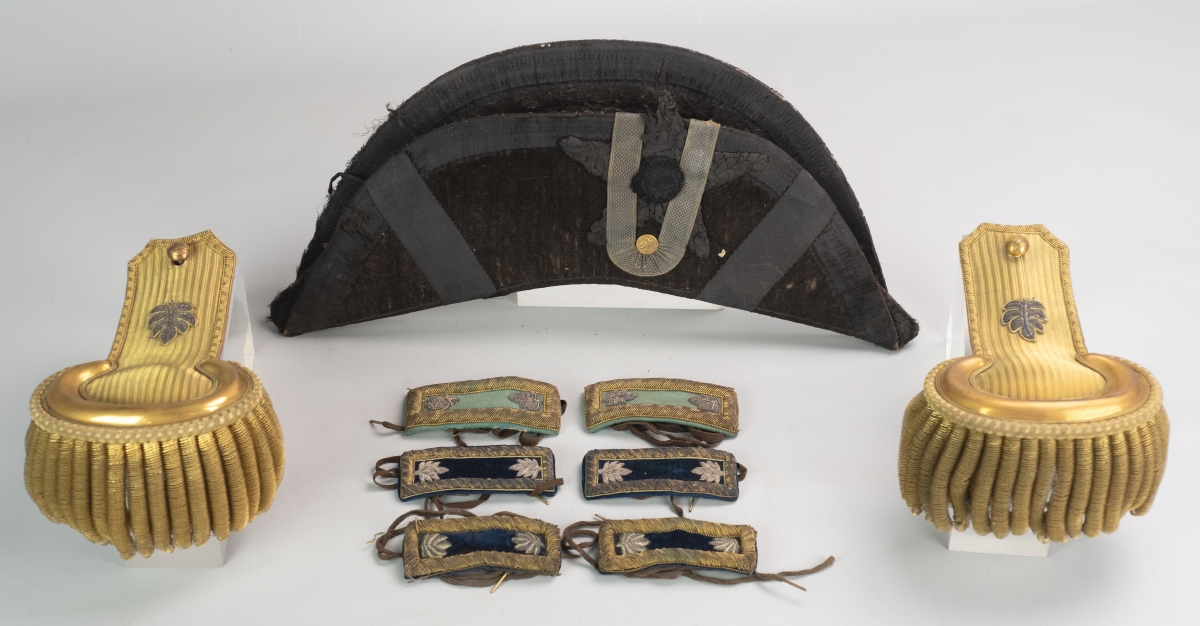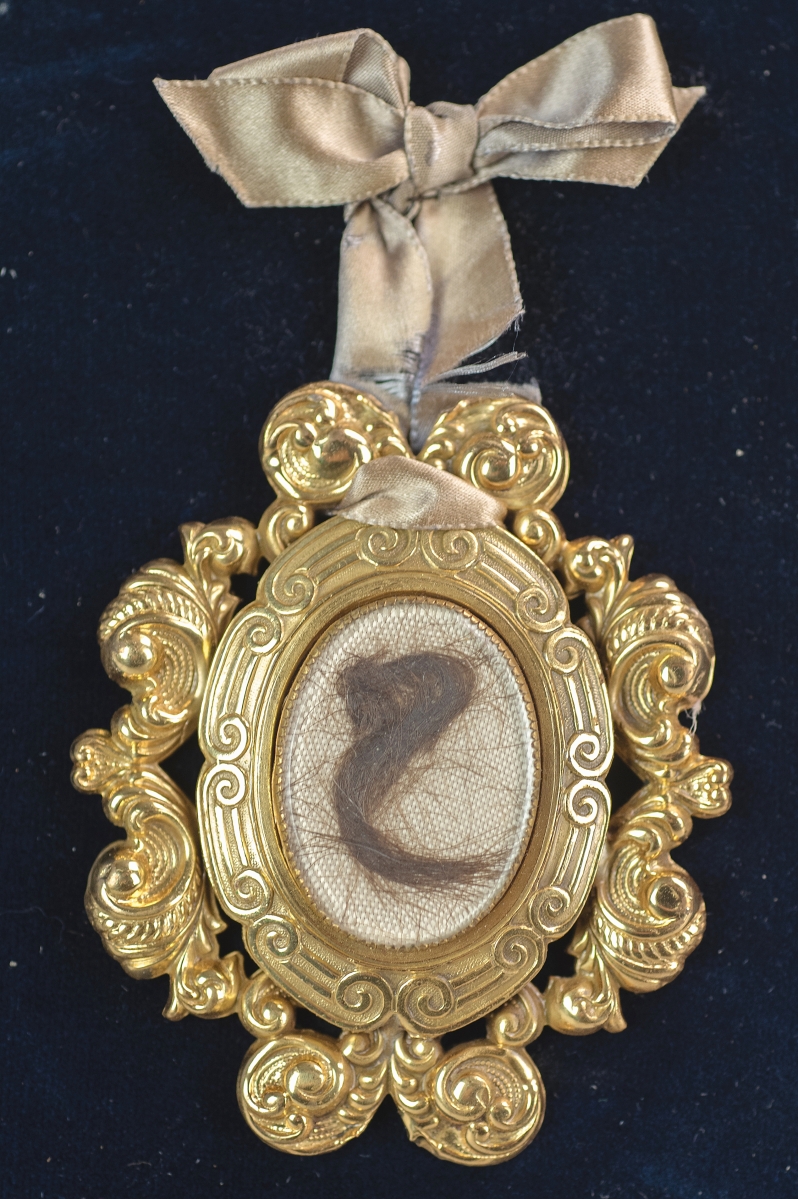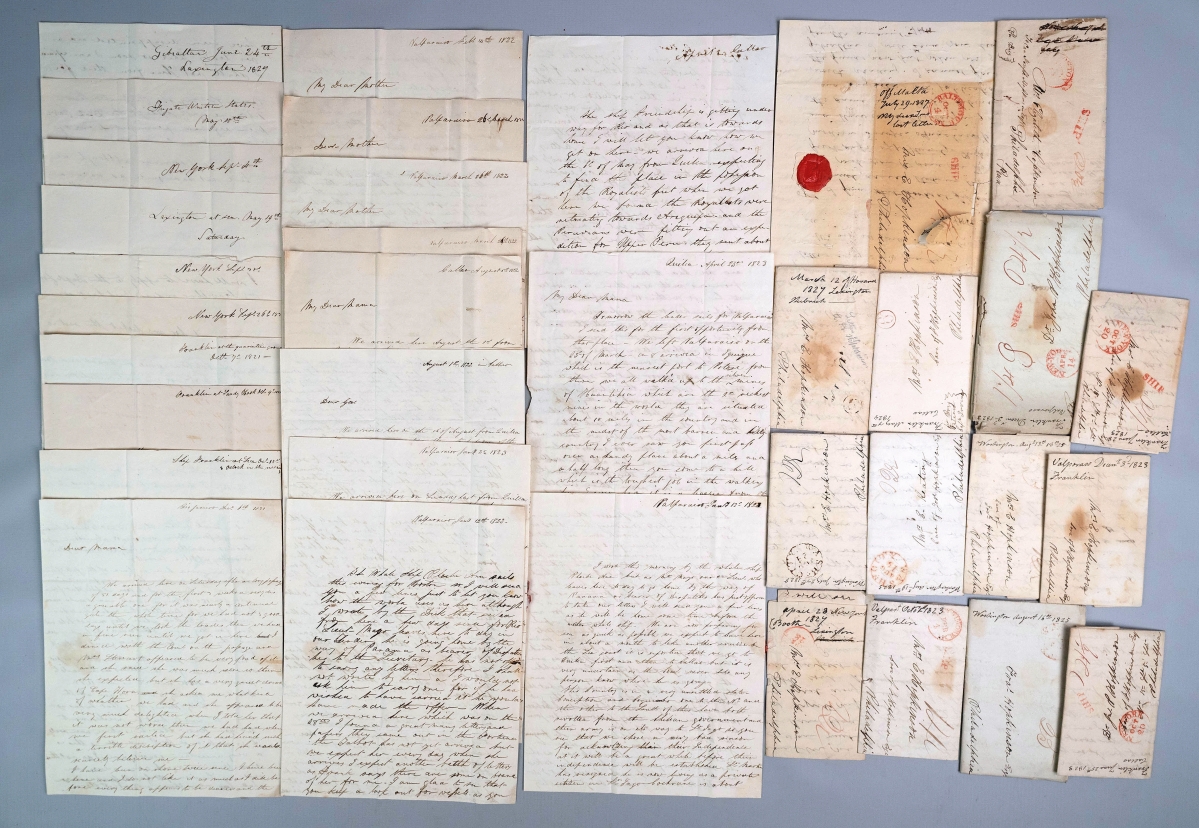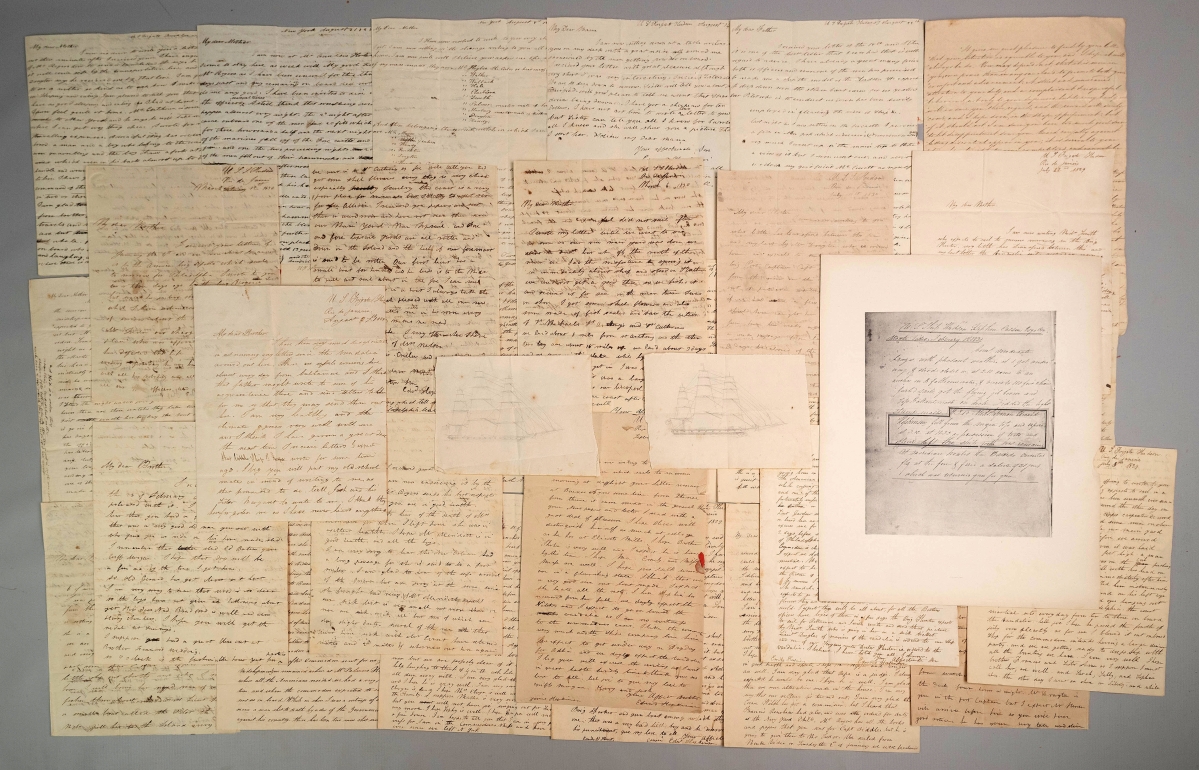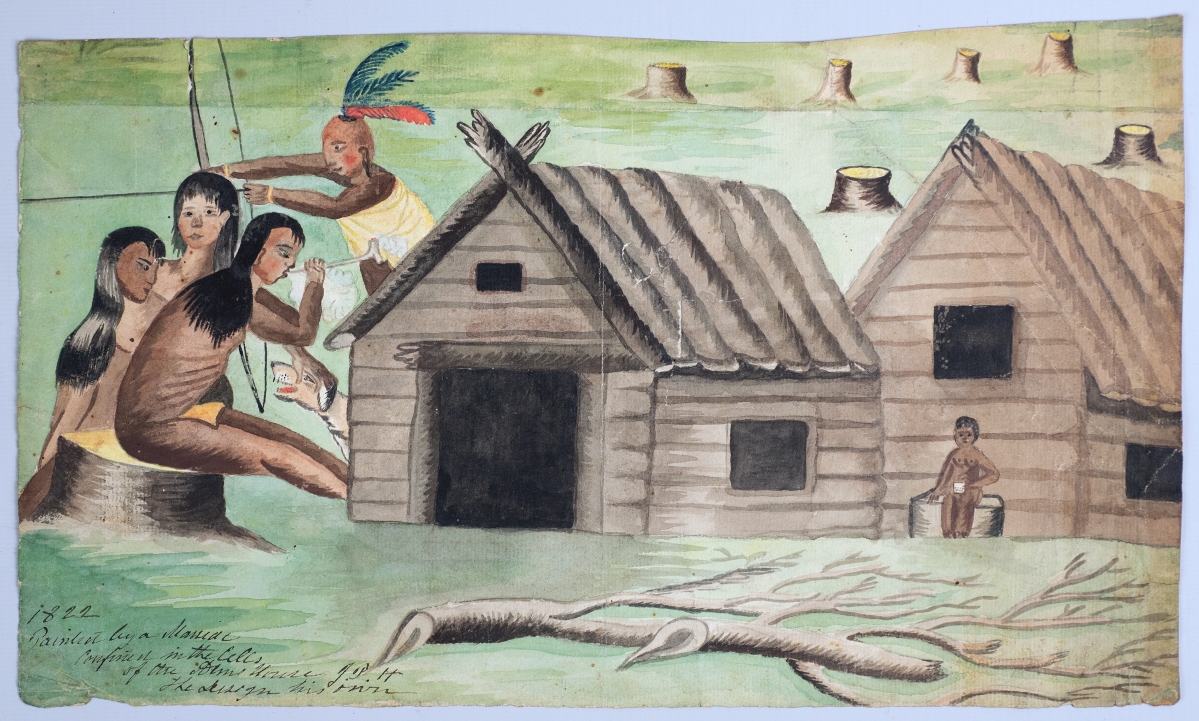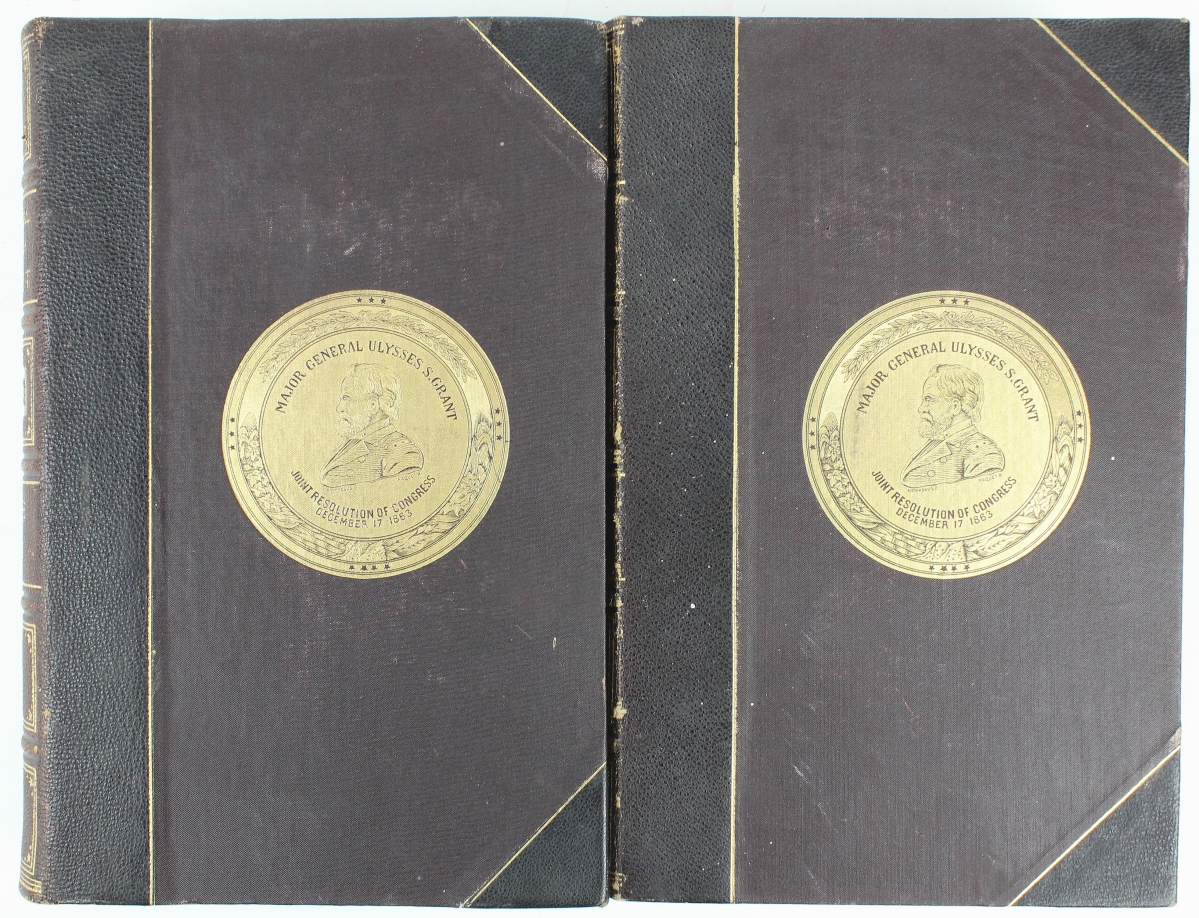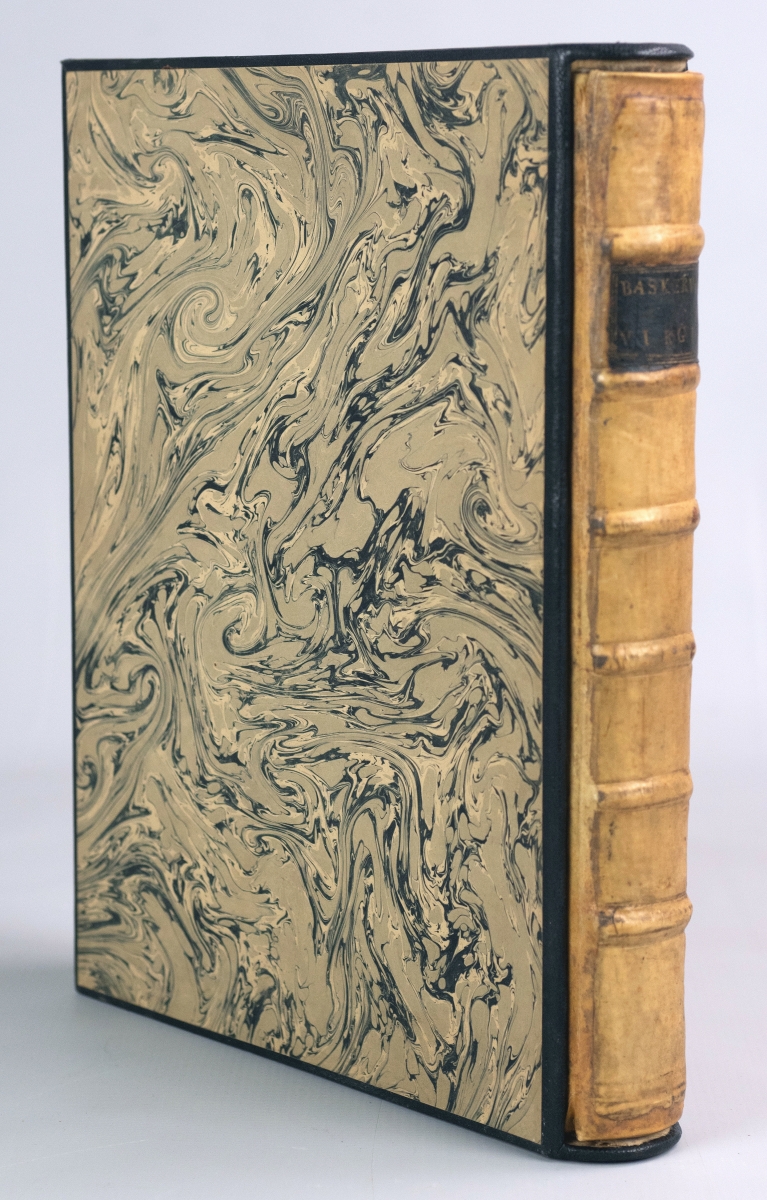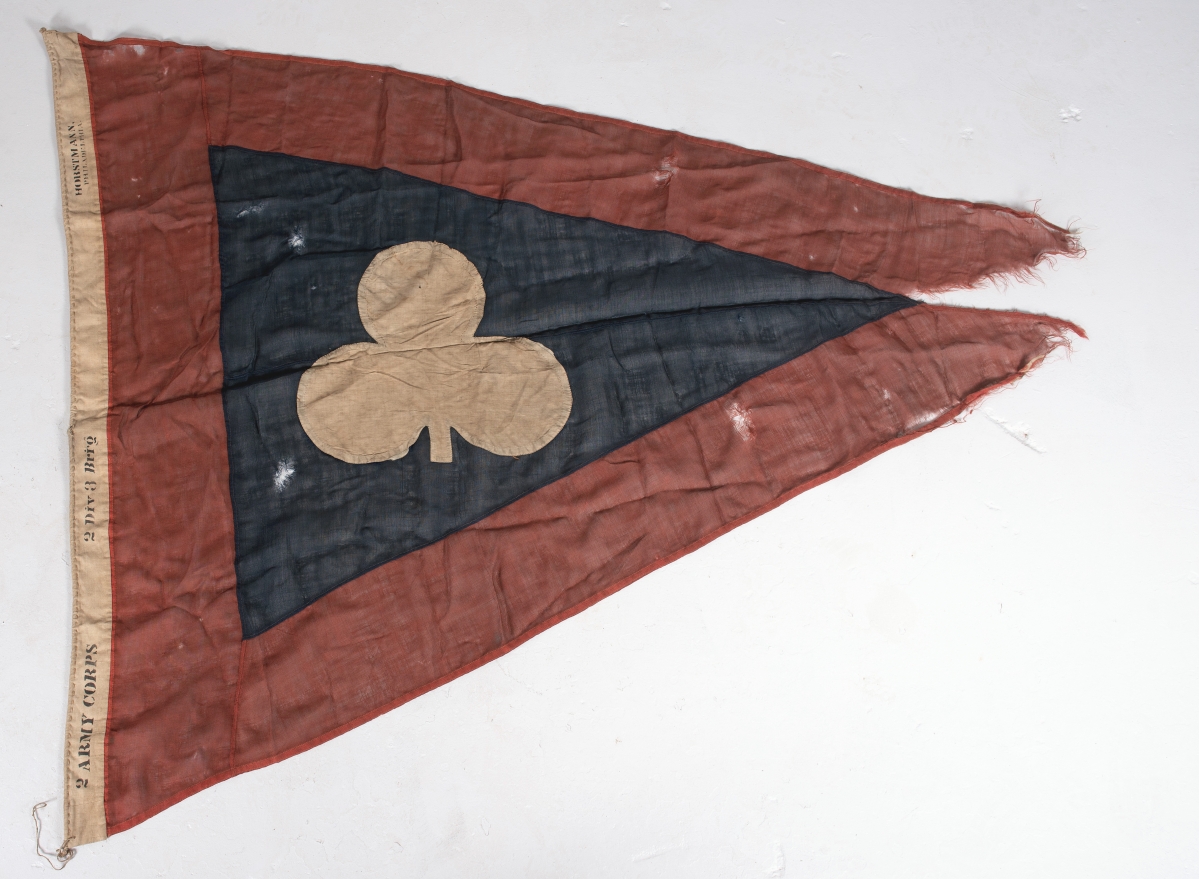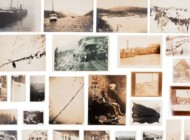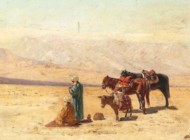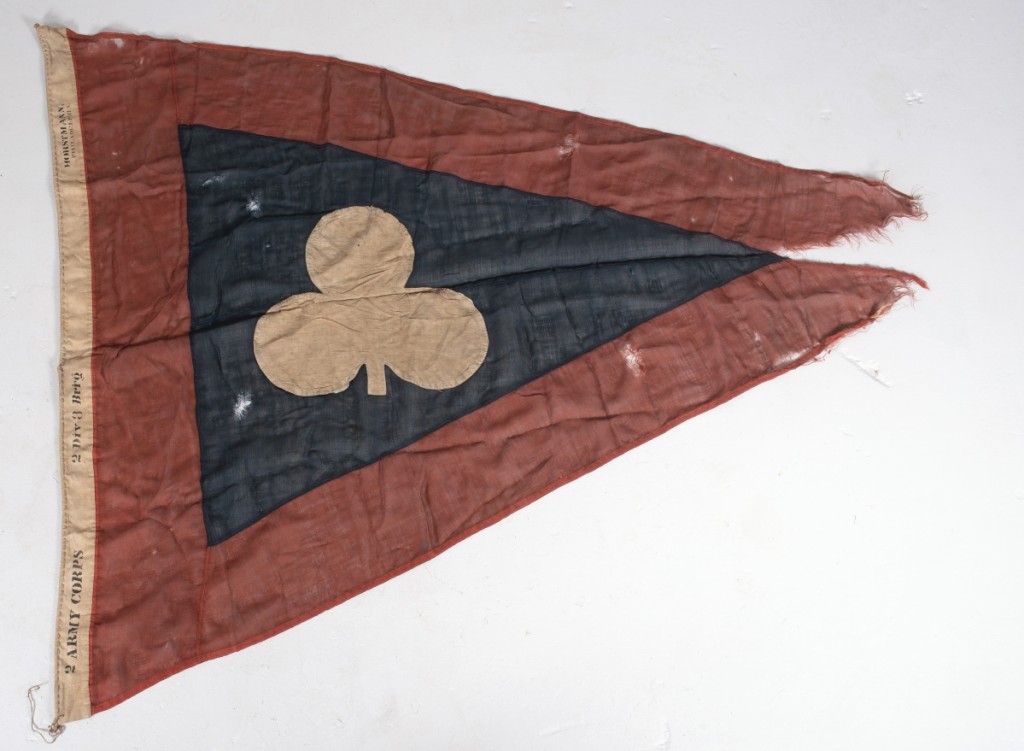
A rare Civil War designating flag made by William H. Horstmann & Sons, Philadelphia, was the top lot at $60,000. It was part of a 300-year-old trove of items from the Philadelphia family of Declaration of Independence signatory Francis Hopkinson (1737-1791). It was purchased by Gettysburg, Penn., dealer Brendan Synnamon.
Review by W.A. Demers, Photos Courtesy William Bunch Auctions
CHADDS FORD, PENN. – A rare Civil War designating flag made by William H. Horstmann & Sons, Philadelphia, rallied to $60,000 at William Bunch Auctions on June 23 as the firm offered a 300-year-old trove of items from the Philadelphia family of Declaration of Independence signatory Francis Hopkinson (1737-1791).
Labeled “2 Army Corps 2 Div 3 Brig,” the flag resonates with a plaque at Gettysburg Battlefield honoring this particular outfit. The plaque reads: “Army of the Potomac Second Corps Second Division Third Brigade Col. Norman J. Hall…July 2. Took position on the line at the left of Second Brigade and of the copse of trees. The 19th Mass. and 42d New York were late in the day advanced to support Second Division Third Corps but retired on Second Division being forced back. The Brigade was attacked by Brig. Gen. Wright’s Brigade which overrun Battery A 1st Rhode Island then in advance but was repulsed with heavy loss and forced beyond the Emmitsburg Road. July 3. Remained in position. At 3 P.M. Longstreet’s assault was made after a cannonade of two hours. The Brigade and the Second Brigade received the charge of Major Gen. Pickett’s Division which was repulsed with great loss in killed wounded prisoners and flags. In this engagement the First Brigade and the other troops were rushed to support of the two Brigades engaged and contributed to the victory. The Brigade remained in its position until the close of the battle. Casualties Killed 6 Officers 75 Men, Wounded 29 Officers 253 Men, Captured or Missing 14 Men Total 377.” While it is not for certain that the flag flew at Gettysburg, the brigade is nonetheless clearly associated with that battle.
Capturing the flag was Brendan Synnamon, owner of Union Drummer Boy Antiques in Gettysburg, Penn., and vice president of administration at the Gettysburg Battlefield Preservation Association. “As far as flags go, there is no flag more iconic than the Second Corps. They distinguished themselves at nearly every battle they were engaged in. If you’re going to have one flag from the Civil War, I would say it would be this.”
Synnamon said that when he viewed the flag at preview, its significance was “palpable.” He said that in his 30 years in the trade, “I’m not one of these guys that talks about ‘energies’ and the like. This thing had a palpable energy. I walked into the room and I had not been moved by an artifact like that in my 30 years. I could feel its presence.”
A lawyer, judge, author, composer, merchant and holder of many high public offices, Hopkinson is also distinguished for having designed Continental paper money, the first United States coin and early versions of the American flag. His direct descendants chose to auction a treasured multigenerational family archive of Americana, documents, fine art and books that had long been stored away in 25 large steamer trunks. Bunch conducted the live online auction on June 23 simultaneously through four different bidding platforms. Live gallery bidding was not permitted, due to the state government’s COVID-19 lockdown.
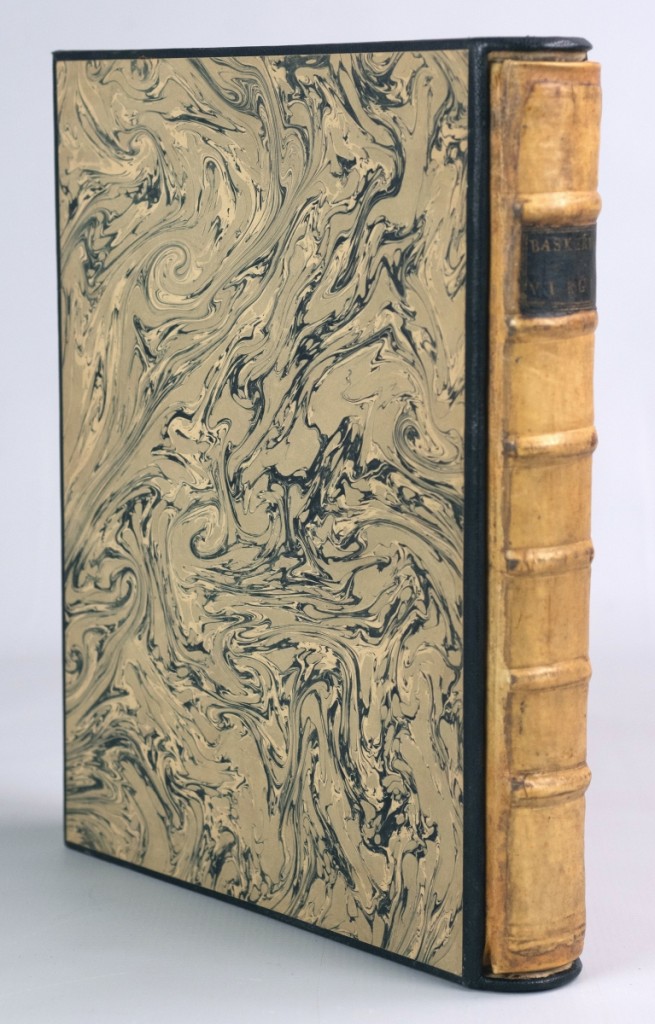
A book housed in a custom slipcase, bound in full vellum and with the bookplate of Francis Hopkinson slipped past its $600-$1,200 estimate to finish at $54,000.
“The Hopkinson descendants who consigned the goods provided an extremely helpful inventory of the trunks’ contents, but we were still pleasantly surprised at what we found,” said Bunch. “We unwrapped very nice early Nineteenth Century Philadelphia silver, sterling flatware, cut glass and Continental crystal.” The real treasure trove, he added, was the amazing collection of historical artifacts, manuscripts and unique Americana, which he described as “an Eighteenth through Twentieth Century profile of an important Philadelphia political and social family.”
A book housed in a custom slipcase and bound in full velum represented a small part of early American and Colonial history. It had the bookplate of Francis Hopkinson included, with “O.H. (Oliver Hopkinson) 1849” written in pencil. At the top of the title page was inscribed “The Gift of Dr. Benjamin Franklin at Philad.a. December 1762.” Below, in what appears to be a different hand from the note, was written “Oliver Hopkinson 1849.” The book’s estimate was just $600-$1,200, but it easily slipped those brackets to finish at $54,000.
Another Hopkinson family treasure was a leather-bound album titled “Photographs and Autographs of Distinguished Civil War Union Generals, 1864.” Produced to benefit the Sanitary Commission, a private relief agency that supported sick and wounded Union soldiers, it contains more than 50 generals’ photos, most of them signed. Estimated just $4/8,000, the album catapulted to $48,000.
The Hopkinson family’s status was further illustrated in the sale by a substantial lock of George Washington’s (1732-1799) hair framed and encased in an ornate gilt-metal locket, which was bid to $30,000. Two applied notes of provenance on verso indicate that the hair was “Cut by Mrs Oliver Wolcot [sic] at her house 4th & Spruce Sts. Phila 1798” and that the memento was specifically for “Mrs Jos. Hopkinson.” The circumstances and individuals involved shine a light on the status of the Hopkinson family, since the Wolcotts were socially prominent Philadelphians, and, at a dinner party at their home, Washington either offered or agreed to have a lock of his hair cut specifically for Mr Hopkinson, who may not have been present at the time. “Washington obviously thought very highly of both the Hopkinsons and the Wolcotts. In fact, Washington appointed Oliver Wolcott Jr to succeed Alexander Hamilton as secretary of the treasury,” Bunch said. “We conducted extensive research that confirmed how socially intertwined the families were.”
The collection also featured artworks, including a pair of 1857 Rembrandt Peale (American, 1778-1860) portraits, which sold for $6,000. The subjects were Richard Colgate Dale Jr (1810-1876), a surgeon, military officer and Master Mason; and his wife, Elizabeth Woodruff Dale. Each portrait was signed and dated, and each measured 30¾ by 25 inches (sight). Exhibition labels from the Pennsylvania Academy of Fine Arts were affixed to the backs of their carved and gilded frames.
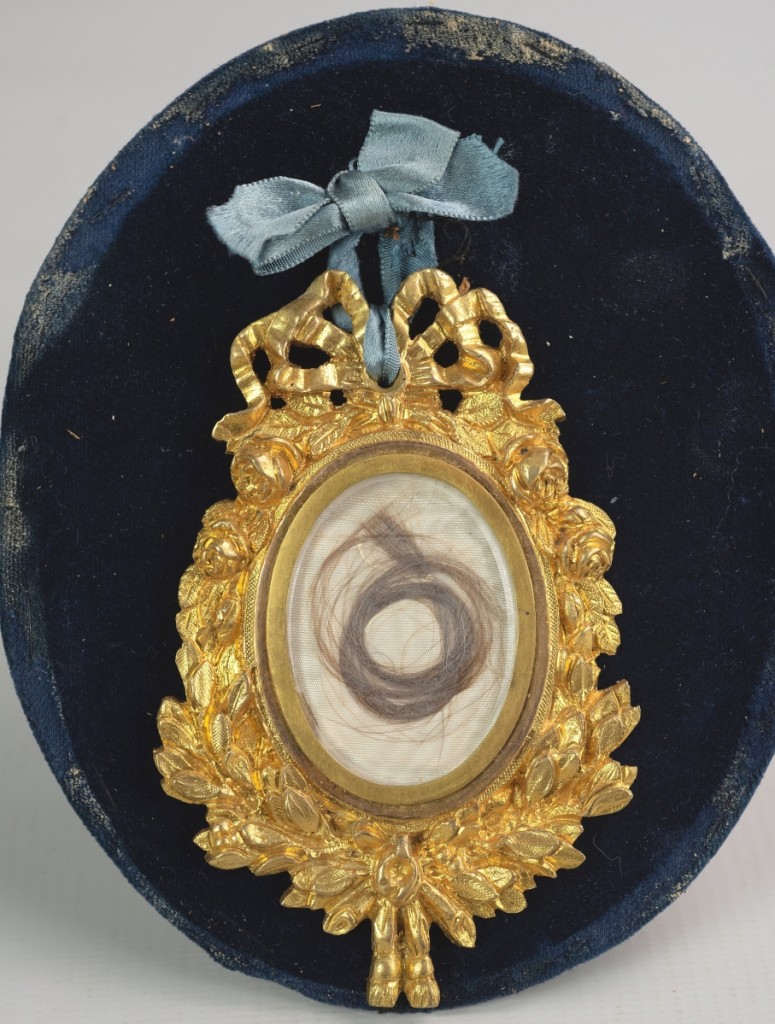
A substantial lock of George Washington’s (1732-1799) hair framed and encased in an ornate gilt-metal locket was bid to $30,000.
Rare books and ephemera from centuries of Hopkinson family libraries were on offer. For example, more than 300 pages bound with updated spine, a manuscript by Francis Hopkinson, “Cases adjudg’d in the Admiralty of Pennsylvania and in the High Court of Errors & Appeals” dating 1779 through 1790 – encompassing Hopkinson’s entire career as a judge of the Admiralty Court – reached $24,000. One example from the volume was a 1781 case “Nicholas Hainey vs the Brig Tristram Shandy & Ship Dimsdale in which Judge Hopkinson ruled that the owners of a ship could not exclude sailors from the proceeds of a prize even though they had not been on board during the capture.
Fetching $9,000 was a rare and significant group featuring the musical score of Alexander Reinagle’s “Federal March,” far above the $400/600 expectation. Catalog notes indicate that the title further details that it was “As Performed in the Grand Procession in Philadelphia the 4th of July 1788.” This particular event, with George Washington present and participating, and with Francis Hopkinson as chairman of the Committee of Arrangement, was “in honor of the establishment of the Constitution of the United States.” Alex Reinagle was a friend of Mozart and a major influence on early American and Philadelphian music, with this score pre-dating “Hail Columbia” by nearly a decade. The rarity of the score is underlined by the fact that the only other known copy is in the Library of Congress and was formerly in the possession of Samuel W. Pennypacker, president of the Pennsylvania Historical Society who had an enormous personal collection.
Among the many author-signed lots or those having inscriptions from those who presented them as gifts, was Love Is Enough by William Morris, one of only 300 such books published by Kelmscott Press in 1897. It sold for $3,600. An early (1789) University of Pennsylvania sealed diploma written in Latin on vellum was awarded to Jonathan Williams Condy (1770-1828), a future Pennsylvania Supreme Court justice who married Elizabeth Hopkinson (1772-1840). It is signed by politician, physician and Declaration of Independence signatory Benjamin Rush, as well as other early UPenn faculty members, and left the gallery at $1,560.
Bunch said that the auction was one of the best sales that the firm has had in a long time, with a lot of exciting material. “The age of COVID has had surprisingly little impact on the results that we achieve with good material,” said owner William Bunch after the sale. “The market is so aggressive and very strong for what it wants to buy. It has changed a lot of what we do operationally; for the sale, we had three online platforms, absentee bids and almost 800 telephone bids. I sold the entire sale and it’s a little strange just selling the entire auction to my staff!”
Prices given include the buyer’s premium as stated by the auction house. For information, www.bunchauctions.com or 610-558-1800.

